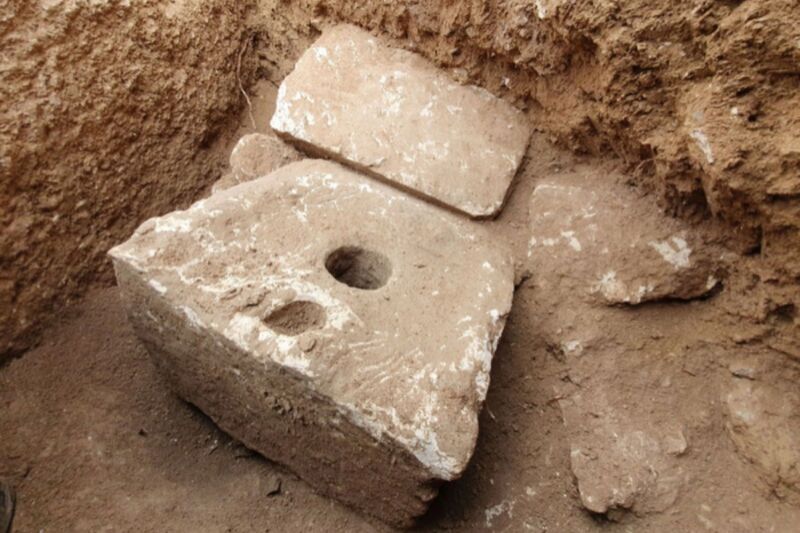Old stone toilet reveals Jerusalem’s wealthy elite had intestinal parasites

Enlarge / A 2,700-year-old toilet seat made of stone revealed the poor sanitary conditions of a 7th-century Jerusalem luxury villa. (credit: Yoli Schwartz, The Israel Antiquities Authority)
The wealthy, privileged elite of Jerusalem in the 7th century BCE were plagued by poor sanitary conditions and resulting parasitic intestinal diseases, according to a recent paper published in the International Journal of Paleopathology. An analysis of soil samples collected from a stone toilet found within the ruins of a swanky villa revealed the presence of parasitic eggs from four different species. The work should help document the history of infectious disease in the region, providing additional insight into the daily lives of the people who once lived there.
The findings of this study are among the earliest observed in Israel to date," said author Dafna Langgut of Tel Aviv University and the Steinhardt Museum of Natural History, who is a leading researcher in the emerging field of archeoparasitology. These are durable eggs, and under the special conditions provided by the cesspit, they survived for nearly 2,700 years. Intestinal worms are parasites that cause symptoms like abdominal pain, nausea, diarrhea, and itching. Some of them are especially dangerous for children and can lead to malnutrition, developmental delays, nervous system damage, and, in extreme cases, even death."
Yes, it sounds gross, but archaeologists can actually learn a great deal by studying the remains of intestinal parasites in ancient feces. For instance, per Langgut, prior studies have compared fecal parasites found in hunter-gatherer and farming communities, thereby revealing dramatic dietary changes, as well as shifts in settlement patterns and social organization coinciding with the rise of agriculture. The domestication of animals in particular led to more parasitic infections in farming communities, while hunter-gatherer groups were exposed to fewer parasites and transmissible diseases given their nomadic lifestyle. This is even reflected in modern nomadic communities of hunter-gatherers.
Read 9 remaining paragraphs | Comments